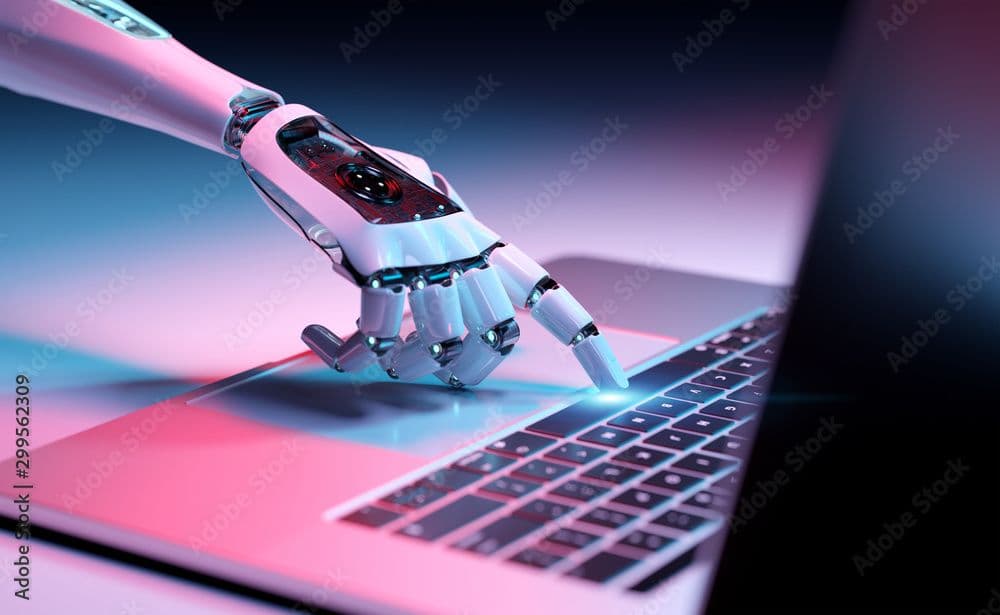Understanding Machine Learning

Understanding Machine Learning: A Beginner's Guide
Machine Learning (ML) is a fascinating subset of Artificial Intelligence (AI) that focuses on teaching computers to learn from data and make predictions or decisions without being explicitly programmed. At its core, machine learning involves using algorithms to identify patterns in data, enabling systems to improve their performance over time. This approach differs from traditional programming, where developers write specific instructions for tasks. Instead, machine learning models "learn" from examples and adjust their behavior based on experience, making them highly effective for tasks like image recognition, speech processing, and recommendation systems. With the rise of big data and powerful computing resources, machine learning has become a driving force behind many of the technologies we use daily.
There are three primary types of machine learning: supervised learning, unsupervised learning, and reinforcement learning. In supervised learning, the model is trained on a labeled dataset, meaning it knows the correct answers or outcomes for the data during training. The model learns to map inputs to outputs, and once trained, it can predict outcomes for new, unseen data. Supervised learning is widely used in applications like spam detection in emails and predicting house prices. Unsupervised learning, on the other hand, works with unlabeled data. The algorithm searches for patterns, relationships, or groupings within the data without knowing the correct answers beforehand. This approach is often used in clustering tasks, such as customer segmentation or anomaly detection. Reinforcement learning, the third type, involves training models through trial and error, where they learn to make decisions based on rewards and penalties. This method is commonly used in robotics and game AI.
A key component of machine learning is the training process, which involves feeding the model a dataset, allowing it to adjust its internal parameters to minimize error. Once trained, the model's performance is evaluated on new data, and adjustments can be made to improve accuracy. During training, a common issue that arises is overfitting, where the model learns the training data too well, including noise and irrelevant details, which makes it less effective when applied to new data. Techniques like cross-validation, regularization, and pruning are used to combat overfitting and improve generalization. Another important aspect is feature selection, where the most relevant variables in a dataset are chosen to train the model, improving performance and reducing complexity.
Machine learning has countless real-world applications that are transforming industries. For example, in healthcare, machine learning algorithms are used to analyze medical images, predict patient outcomes, and recommend personalized treatment plans. In finance, machine learning models detect fraudulent transactions, optimize stock trading strategies, and assess credit risk. E-commerce platforms use recommendation systems powered by machine learning to suggest products based on user behavior. Autonomous vehicles rely on machine learning to navigate and make decisions in real time. As the technology continues to advance, the potential applications of machine learning will expand further, offering new opportunities for innovation in various fields.
In conclusion, machine learning is a powerful tool that enables computers to learn from data and make informed decisions. Its ability to identify patterns, predict outcomes, and adapt to new information has made it indispensable in fields ranging from healthcare and finance to entertainment and transportation. For beginners, understanding the basics of machine learning—its types, training process, and real-world applications—provides a strong foundation for exploring this rapidly evolving technology. As more industries adopt machine learning to solve complex problems and enhance efficiency, its influence will continue to grow, shaping the future of how we interact with technology.
,